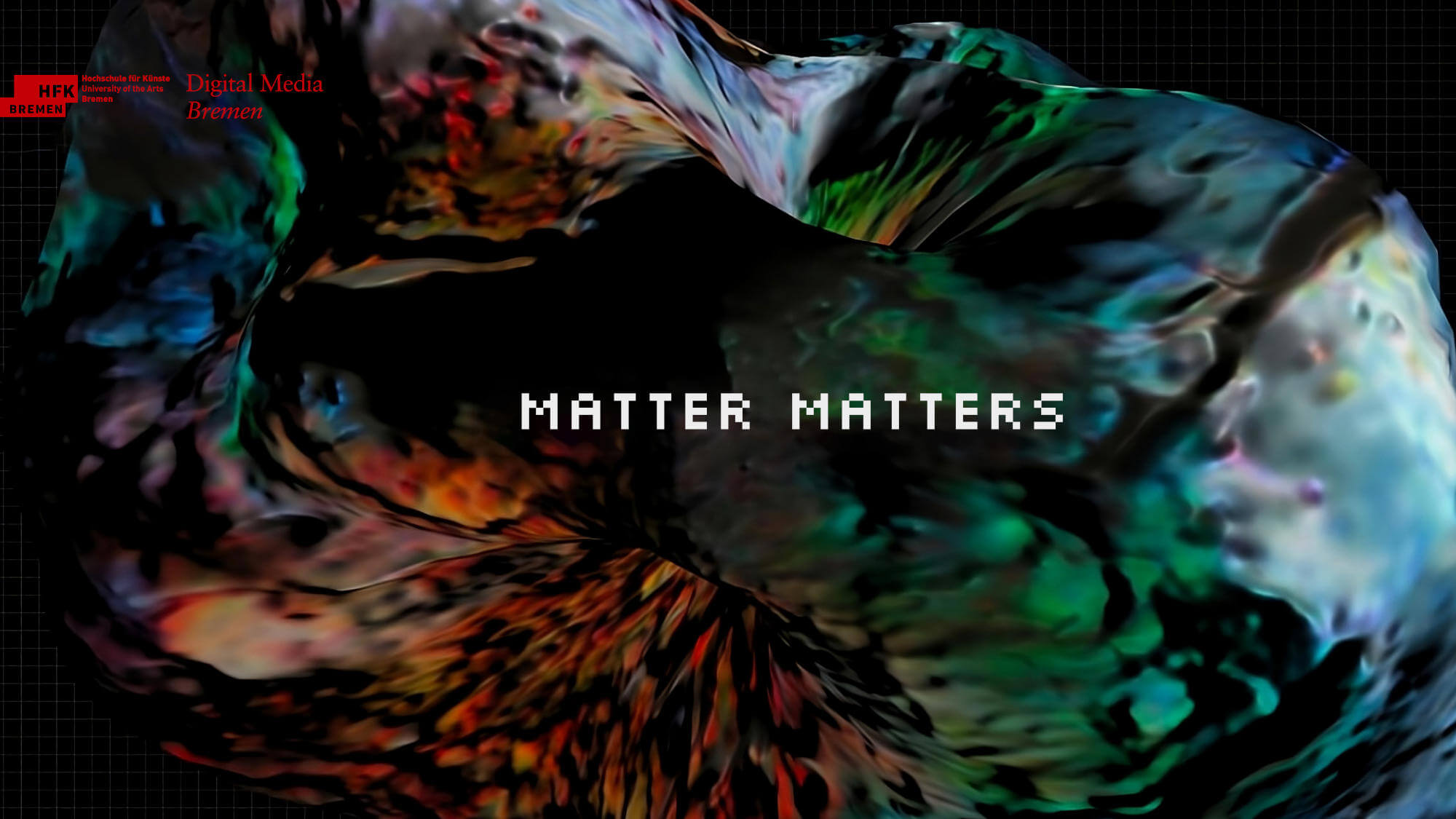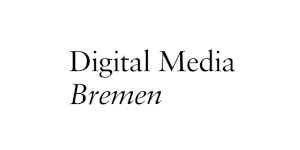Matter feels, converses, suffers, desires, yearns and remembers.
– Karen Barad
The exhibition Matter Matters gathers seven projects that pose different yet overlapping and interrelated questions around the duality of matter as the substrate of technology and its mattering in society.
Each project seeks to find cracks, indeterminacies, disruptions, poetics, states of liminality within technology and its ubiquitous presence in order to provoke new imaginaries, narratives and speculations in the realm of matters. Can we rethink digital matters as processes of embedding and embodying? How can we resonate with the non-human? How can AI generate stories if only able to reference others? What are the underlying orders of the material world? What is the past and future of the digital traces that we leave behind? What could the cracks on a grain of rice tell us about the future? How can we imagine new ways to measure a planet?
-
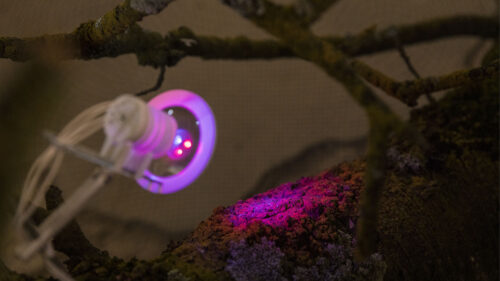
A Chair for Co-responding
Bon Kim (KR)
Body heat, evidence of life activity, is perceived through constant giving and receiving within one’s surroundings. The installation attempts to form a relationship between participating plants and the audience through human body heat.
-

A Message Lies Between the Cracks
Qianxun Chen (CN)
Rice, a fundamental sustenance in many cultures, holds deep ties to rituals and divinations. During cooking, the force of heat and water causes cracks to form on them. In this project, five hundred grains of rice are cooked, dried, and individually photographed, resulting in a comprehensive collection of crack patterns.
-

Arche-scriptures
Alberto Harres (BR)
ARCHE-SCRIPTURES revolves around understanding ceramics as a possible medium in which to store digital information. It “emerges from an impossibility, from the ambivalence between two disparate realms: archaism and future” (Fabi Borges). It proposes an archaic digital medium, a paradox of fragility and permanence.
-

HIDDEN ORDERS_Microstructural Machine
Hsun Hsiang Hsu (TW)
In the material world, there are innumerable natural orders that structure the environment and the world in which we live. The interpretation of these orders does not belong to a specific species or time, but is like an eternal existence hidden in every corner.
-
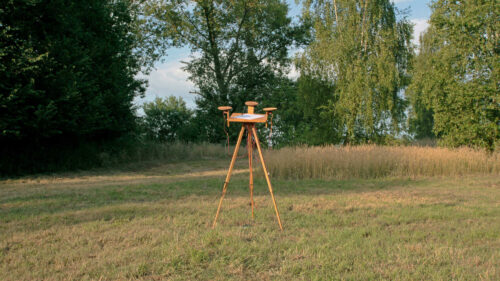
How to Measure a Planet
Marcela Antipan Olate (CL)
Is it possible to connect two points on Earth based on their geographic characteristics? And more specifically, on their height differences? This machine-instrument seeks to create imaginary topographies through the height difference of two places on the planet based on digitally collected data.
-

reflection of a reflection of a reflection
Fabian Mosele (IT)
Inspired by the 2013 blog post “I, We, Waluigi: a Post-Modern analysis of Waluigi” by Franck Ribery, the film reflects on what it means to exist only in reference to others. ⅄, just like generative machine learning models, bears no relation to reality whatsoever.
-
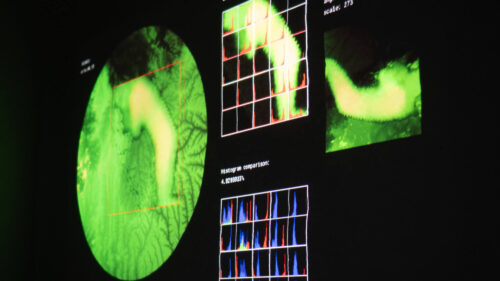
Sleep Like Mountains
Lotta Stöver (DE)
Sleep Like Mountains enacts a process of digital embedding and embodying. The installation measures the topography of a human body and compares it to geodata sets of Earth, searching for a most similar location. It attempts to (re-)discover bodies in landscapes and vice versa.
About the Institution
The Digital Media Master’s (Media Design) program at the University of the Arts Bremen (HfK Bremen) is situated between design and art, theory and technology. The program is a collaboration between the University of the Arts Bremen and the University of Bremen (Computer Science). Combining experimental and artistic approaches with applied studies and media theory, the program encourages young designers and artists to reflect on social contexts and implications of new technologies, while equipping them with the skills to express their artistic vision.
Credits
All projects were developed at the University of the Arts Bremen as part of the Digital Media Master’s program. The exhibition was developed by Prof. Ralf Baecker and Prof. Dennis P. Paul.
